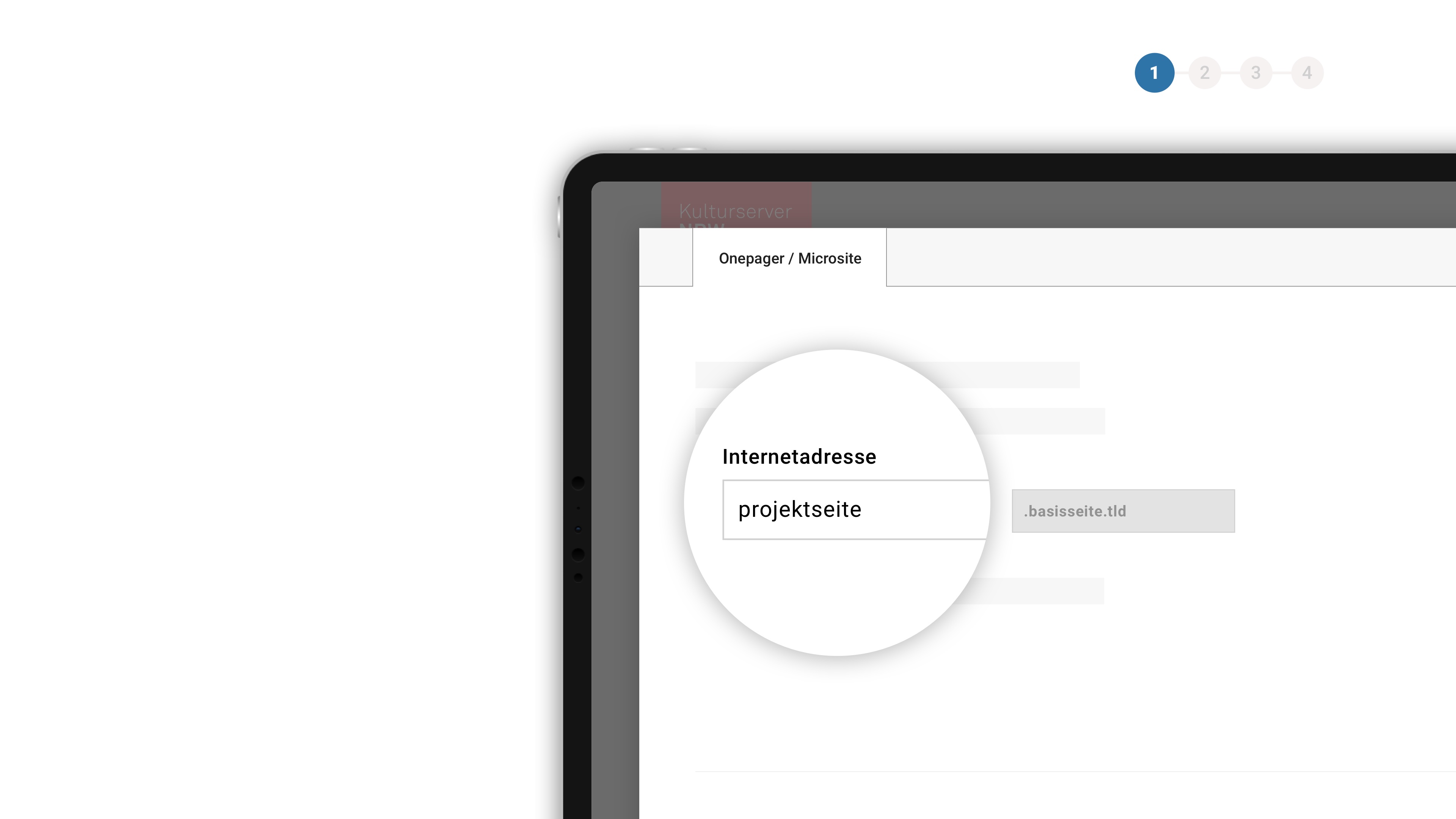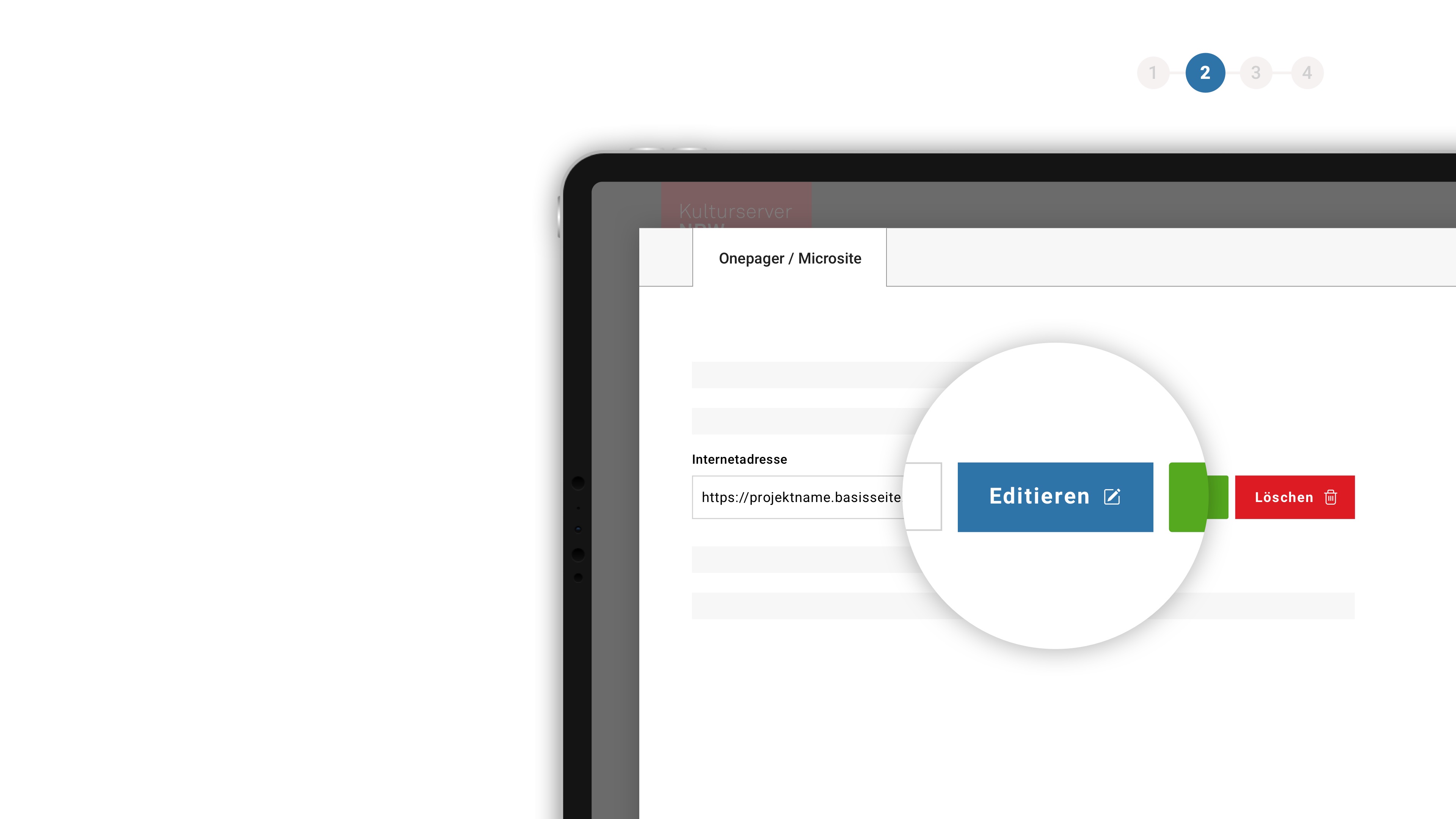Oper zwischen den Welten - Deutsche Oper Berlin
From the programme booklet
An Opera Caught Between Worlds
David Hermann, Sir Donald Runnicles and Johannes Schütz in Conversation with Carolin Müller-Dohle
Carolin Müller-Dohle: Beethoven grappled with FIDELIO for a long time, describing the composition and the eleven years he spent working on it as an inner struggle. The 1814 version is an amalgamation of singspiel scenes, romantic arias, symphonic sketches and a choral finale which would not be out of place in an oratorio. How do you deal with the opera’s structural and musical contrasts?
Sir Donald Runnicles: The opera is an expression of what Beethoven, that last eternal revolutionary, experienced in artistic and political terms at the time he was writing it. FIDELIO might be his last great “cerebral creation”, since his revolutionary ideas had to ripen over the course of ten years and be tested in several attempts – it was truly a “work in progress”. The three versions reflect his gradual breaking with conventions and crossing boundaries, from the singspiel to the symphonic work, from light to darkness and back into the light. Every number is a new risk, and the entire work is one stirring, moving journey. When staging the work, but also when viewing it, one has to bear this in mind, and never stop marvelling at it.
David Hermann: The fragmentary nature of FIDELIO offers great freedom for those staging it. The dialogues, for example, should not be underestimated as joints, for they can serve to build frameworks, thereby calibrating the perspective of the next piece. Despite the heterogeneity of the material, the opera still has a high level of pressure and focus. Since it is set inside the machinery of a prison, the figures are permanently under tension. This existential aspect lifts us beyond the different kinds of music; often you can tell minutes earlier how Beethoven is going to aim for a resolution. The second act is already prepared within the first. Your stage sets, Johannes, give us a wound, a black hole, a gravitational field that Leonore wants to enter. She manipulates her surroundings until she succeeds. After the interval, we as viewers can follow her there. The goal-oriented nature of Beethoven’s music is reflected in the sets.
Johannes Schütz: This prison has an upper world and, almost as in Dante’s “Divine Comedy”, an underworld, and this up and down is part of the music. Beethoven is often very emblematic in his narrative strains: the piece consists of two wedges, one on top of the other, forming a rectangle. The singspiel, which has a strong presence in the beginning, decreases in prominence at the rate that evil, i.e. Pizarro, intrudes, while the political oratorio, the synodal utopia keep increasing. FIDELIO is also emblematic in that the opera begins with a male society and ends with a mixed one.
Carolin Müller-Dohle: In LEONORE / FIDELIO, Beethoven first hewed closely to the genre of the rescue opera, which enjoyed great popularity in 18th-century France. The genre scenes of Act I are rooted in this tradition, portraying the nuclear family of the jailer Rocco. They display a different basic attitude than Leonore’s and Fidelio’s subsequent arias and the oratorio-like ending.
Johannes Schütz: Apart from its grand story about liberty, FIDELIO has a bourgeois plot: there are two couples whose relationships are interrupted, and reconstituted for a moment, only to dissolve again. Ultimately, it is also a tale about an elite whose members are busy destroying each other – first uncontrolled, through Pizarro, and then, when it’s almost too late, by the inspection and the Minister’s arrival. The revolution may originate among the grass roots, but it’s only possible because there are these rifts at the top. The state prison where the singspiel’s first scenes are set is a miniature portrait of the larger social organization, and a controlled setting.
David Hermann: The figures are badly damaged by living within this system, full of aggression and suppressed emotions. There are so many instances where violence, fatigue and impotence erupt from them. They are caught within a vertical chain of hierarchies, in which frustration is always passed on to those below. To Beethoven, the witty and the grotesque belonged together. You can tell by looking at Rocco, Marzelline and Jaquino, especially in the opera’s first scenes, which are still quite indebted to the “Spieloper” style. Beethoven invented the scherzo at roughly the same time Goya invented his “Caprichos”. In these drawings, which are reduced to the essential elements, the caricature and the essence of a person are both revealed in a radical manner. That is how I see the genre scenes in Act I: the grotesque offers us a condensation, the essence of a character.
Sir Donald Runnicles: By focusing the first two scenes on Marzelline and Jaquino, Beethoven slightly throws us off the scent: surely, these corresponded to the ideas that the audience at the time had about a rescue opera. But then there is the incredible quartet! It’s here that Beethoven allows us to glimpse inside the figures, not only in the big arias that follow later. The dynamic of the singspiel is interrupted, the scene frozen: the figures stand for themselves, even though they are singing together. Suddenly, we are no longer in an opera – it could just as easily be a string quartet or symphony. One often has the feeling that in Beethoven, the music expresses the reality or truth. The fundamental question which Beethoven asked, and which kept all composers who followed him busy, was: how far can music go on its own? When is the human component required, so that the voice has to take over?
David Hermann: In this world of control and pressure, musical expression is either a valve or a form of discharge, or it could be an alternative: a moment of pause, the invocation of a hope or beauty that is absent. At any rate, the moment of singing is always existential in Beethoven.
Sir Donald Runnicles: Absolutely. Beethoven is never about virtuosity as an end unto itself, which was conscious departure on his part from the Italian tradition. No cadenza, no ornament, no top note is there for formal reasons. He is interested exclusively in the protagonists’ inner life, which is why we as listeners are immediately involved in their drama. Beethoven transforms their inner struggles into music, thereby transcending traditional form.
Carolin Müller-Dohle: The decision to set the entire action inside a prison was a daring and unprecedented decision made by Beethoven and his librettist. To this day, there are almost no works in opera literature dealing in such an existential manner with the issue of imprisonment.
Johannes Schütz: Beethoven anticipates forms of organizing political and criminal prisoners which would evolve into the Gulags and concentration camps of 20th-century reality. The decision, frequently made, to set FIDELIO in a prison ranging somewhere between Auschwitz and Stammheim, often seemed studious to me, but occasionally also impious and politically questionable. Therefore, we decided to transpose the setting. Formally, the stage sets consist of two reduced materials: metal for the props and clay for the wall and floor. This purified aesthetic makes it more difficult to date the action. Clay is an anti-decorative, rudimentary material, the basic substance to which everything returns: earth. However, it also offers certain civilizing possibilities, such as the wall.
David Hermann: Observing and being observed, spying on others, secretly listening to conversations and hiding things are central elements of this fragile system, in which pressure and vacuum are so closely related. In Act I we also make this clear in the division of space: there are no hiding places and many levels, revealing who is able to observe whom from which height. The closed nature of the space creates pressure between the protagonists. Both those incarcerated and those who have to work at the prison have to surrender to the place; they are victims of a kind of double imprisonment. There is no escape, no privacy, this is a parallel reality without daylight, with its own rules and rituals. Then, in Act II, the space seems to have melted and dissolved; the figures are defenceless and lost.
Johannes Schütz: In discussing Florestan’s situation, we often mentioned agoraphobia, the fear of being alone, isolated in spaces that are too large and wide. In our production, the dungeon is pointlessly much larger than the space of Act I, even though it takes up the same amount of stage. In Act I, the division between inside and outside is still intact, between the prison within its walls and the areas outside, which are at least adjacent to freedom. In my opinion, the rift between the first and the second act, from above to below, is important: the special incarceration of Florestan must be differentiated from the male collective of all the other prisoners.
Carolin Müller-Dohle: Significantly, it is a woman who upsets the patriarchal system; Leonore is a protagonist defined very much by action. Another ground-breaking fact is that in FIDELIO it is the man who needs help. However, by the time she can appear as Leonore in the action, the opera is almost over. Before, we get to know her in her disguise as a man, as Fidelio. What does this camouflage mean, and how does it affect her surroundings?
Johannes Schütz: Beethoven used the trouser role in the sense of a criminalistic plot. The trouser roles we know from opera literature before this were mainly motivated by music, and not a necessity of the action, with the possible exception of Handel’s ALCINA. Leonore has to do this; her camouflage is her protection. This turns a formalism of musical theatre into a dramaturgical necessity, with the stage as the crime scene. As a consequence, the question of Leonore’s unmasking hangs over the proceedings all the time.
David Hermann: The disguise is like a poison working extremely slowly within the small family, triggering all those involved. These human relations are suddenly turned upside-down. This results in an extremely fascinating state of instability. The misery produced by the disguise is mentioned as early as the Act I quartet, and Leonore says that she finds dissembling unbearable. Leonore is certainly a person with ideals, with an almost preternatural endurance and perseverance, but she too has to play the game, to deny, lie, and – in our version – even kill. This is not something Beethoven calls for in this form, but it was important to us to show the grief it causes her to be driven to extremes, to become one with her role.
Sir Donald Runnicles: Beethoven illustrates this necessity of disguise in the music: you can tell clearly that the challenge for Leonore to control herself is enormous, but she has a superhuman mission and is willing to do anything for her husband. Even in the trio “Gut, Söhnchen, gut”, you can feel her courage, almost exuberance, but she still complies with the rules of her surroundings. Her aria following Pizarro’s entrance marks a huge musical break in the score. After the “Spieloper” scenes, we hear the first aria of overwhelming dramatic intimacy, a symphonic scene which could stand alone. Now everything flows, gushing out. Beethoven accompanies this journey towards self-empowerment with three horns and one bassoon – her human warmth and boundless courage is conveyed through the sound of the instrumentation as well. Of course there are earlier examples of such convergence of instruments and voices, such as Sesto’s aria in Mozart’s LA CLEMENZA DI TITO, but the virtuosity with which Beethoven composes the interplay of the human voice with the horns is not a far cry from Richard Strauss.
Carolin Müller-Dohle: Beethoven and his librettist Georg Treitschke cut the singspiel scenes drastically for the 1814 version, increasing the pace of the action to a rapid tempo and thereby giving greater space to the drama of ideas and the work’s universal dimension. Beethoven revised Leonore’s and Florestan’s arias, introducing a symphonic dramatization and thereby revolutionising the relationship between the human voice and the instruments. In Leonore’s and Florestan’s utopian visions, the orchestra becomes the central narrative protagonist and the means of communicating the inner drama. How do the prelude to Act II and Florestan’s aria reflect the compositional qualities of Beethoven, first and foremost a symphonic composer?
David Hermann: At the time of writing FIDELIO, Beethoven was already severely deaf, and all his compositions were reflections on being locked in, for his deafness was a kind of prison to him. In the prelude to Florestan’s aria, you can almost hear the inner noise and screaming. Perhaps he was only able to compose this symphonic fresco, this three-dimensional sonic representation of this state of incarceration, due to his personal experience. This only serves to emphasize that what one wants to see on stage at this point is certainly not a prison. The sound-sculpture which Beethoven claws from darkness, erects and illuminates here is very depressing.
Sir Donald Runnicles: The prelude and the aria illustrate Beethoven’s notion of chiaroscuro dramaturgy particularly well; it is a journey from darkness to light. To make that brightest of visions, Leonore, believable, the sombre grounding of the low string unison and tremolo passages in F-minor is necessary. When, however, the oboe solo erupts above a shift from A-flat-major to F-major and a brightening of sound, that is true musical utopia. Floresta inches forward hesitantly, rising upwards with the music, which lends him almost superhuman powers. This music contains metaphysics we will later find in Wagner, for example in SIEGFRIED. And just as Florestan suddenly rose up with the help of the music, he breaks down again when the music suddenly implodes.
Johannes Schütz: The situation resembles hell’s limbo, and Beethoven’s music takes us into it. From this vantage point, Leonore’s entry into this underworld is an inversion of the Orpheus myth, in which a man enters a realm normally forbidden to living souls. Surely Beethoven knew Gluck’s ORPHEUS ED EURIDICE, so he reversed the constellation and transposed it into his contemporary situation. For now it’s a woman disguised as a man who enters the underworld to release her husband.
Carolin Müller-Dohle: Between these superhuman and utopian figures stands Rocco, the jailer. He is the only figure in the opera to undergo fundamental development, a figure with a major decision to make.
Sir Donald Runnicles: In opera, protagonists usually remain straightforward, apart from nuances, and it is rare to find such a dramatic change as in Rocco. He starts out as a prototypical bass buffo, his “Gold Aria” and his first scenes in the opera owing much to the buffo fach. It quickly becomes clear, however, that his existence is at stake here: Pizarro could bring serious danger upon Rocco and his family at any time. Getting involved with Fidelio and gaining courage under his/her influence means playing with fire. As an audience, we accompany this development step by step.
Johannes Schütz: In Rocco’s case, it never becomes quite clear whether he is part of the problem or part of the solution. On the one hand, we see the longing for order which he executes for the state. In Act II, on the other hand, he shows us his ambivalence about carrying out his duty [the murder] and his subversive energies that lead him to oppose it. He is forced to make a decision. This possibly makes him the figure which unfolds the greatest magnetism within the audience. The distance we have to bridge to the others – to Pizarro’s moral decrepitude, Leonore’s longing, or the damage done to the nearly-executed Florestan – are surely larger. Rocco sits next to us in the auditorium. He is, if you will, the German-speaking paterfamilias, somewhere between executive and the domestic realm. And surely, that was already the case for the audience at the first performance, for his only aria is about money, the central issue for 19th-century bourgeoisie.
David Hermann: Rocco is extremely damaged, as shown by his statement: “The grave will soon claim me”. Even if this is embedded within a trio and one can easily miss it, it still represents a breaking point, and Beethoven marks it, making it a central statement. Here is someone who is not merely tired, but psychologically exhausted by having to work under such pressure, under continuous observation and the burden of Pizarro’s illegal dealings. Rocco establishes a pseudo-system of values for himself, justifying that he is part of this prison system, cut loose from society as a whole. He is drawn into something which he possibly did not want, and until the very end, he remains ambivalent. At the same time, I find it an astute observation that Rocco represents the majority, whom Beethoven meant to address. Through Rocco, he asks us how we want to position ourselves.
Carolin Müller-Dohle: The empathic affirmation of freedom and humanism finally erupts in the finale with its symphonic structure, in which Beethoven offers a glimpse of the futuristic music of his Ninth Symphony by using a quote from Schiller’s ode “An die Freude”. The revolts in Iran demonstrate how relevant and timeless Beethoven’s message still is. At the same time, both the pandemic and climate change test the concept of liberty. Liberalism as we have known it in Western Europe during the past decades is reaching its limits in times of global crises. How can we interpret this finale – given the current state of the world?
Johannes Schütz: The finale foregoes any kind of happy end vis-à-vis the action; instead, its large, open form is more akin to oratorio, apparently not meant for staging. Many consider this a difficult juncture in the piece; I find it consequent that he creates an open musical space here, eschewing resolution. The question is delegated to society. Ideally, I think the orchestra pit should be raised and the auditorium should join the singing, dissolving the theatrical form of the Italian stage. It is truly a collective experience.
Sir Donald Runnicles: Beethoven’s finale is not a foreign object, as is often claimed, but a meaningful conclusion to this score. In his virtuosic and ecstatic final chorale, Beethoven speaks to all of us. Even though he adds language to transport a message, as he did in his “Ninth”, it is the music alone which allows us to sense that this is about nothing less than humanity’s future. That is pure energy, demonstrating what a group of well-meaning people can achieve. The war in Ukraine and the revolts in Iran show how urgently the world needs FIDELIO. That is something we should recall over and over: this opera is a resounding conscience, its message timeless.
David Hermann: Yes, unfortunately, the message of the finale – the liberation of people from illegal imprisonment – remains red-hot in its urgency. The fact that all this is achieved by a woman is visionary. Yet the vehemence of the chorus’ affirmation at the end of the piece is also intimidating, full of an overwhelming energy. Is that truly one voice with which the chorus speaks? Could we still do that today? Or have we become so fragmented, in our individual liberties and freedom of opinion, that to us, Beethoven’s musical energy is rather an uprising against something, an argument in which every voice articulates only its own opinion with vehemence?
Translation: Alexa Nieschlag





